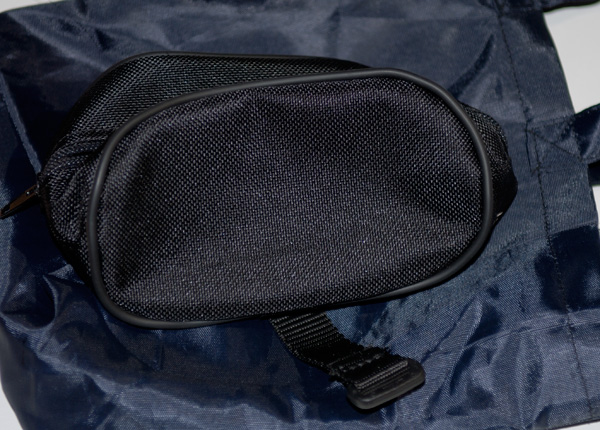EXCERPT page containing first few paragraphs. 2024-05-10 04:16:44
UA_SEARCH_BOT_compatible_botmozilla/5.0 applewebkit/537.36 (khtml, like gecko; compatible; claudebot/1.0; +claudebot@anthropic.com) @ 3.134.78.106
For full access, subscribe here. Or click title to login. ![]()
What Makes a Camera Good for Infrared?
High sensitivity to infrared is a liability for color photography, but is highly desirable for infrared photography so as to keep exposures short (and thus allow handheld shooting). The key is to allow the digital sensor to “see” infrared light.
To mitigate the undesirable effects of infrared sensitivity for color photography, today’s digital cameras almost always have a strong infrared blocking filter installed over the sensor. Failure to block infrared adequately causes a strong color shift towards magenta or purple as seen below.
When not enough IR filtration is present
This example shows the awful color rendition of the US$4800 Leica M8 with subjects which are highly reflective of infrared, using flash for lighting. The Leica M9 fixed this issue by using much more effective IR-blocking sensor glass.
Article continues for subscribers...
Diglloyd Monochrome is by yearly subscription. Subscribe now for about 8 cents a day.
BEST DEAL: get full access to ALL 8 PUBLICATIONS for only 68 cents a day ($249.95)!
Diglloyd Infrared Photography covers cameras and lenses for infrared photography.
The coverage explains all the issues involved in shooting for monochrome and in infrared. It is not a review of any particular camera or lens, though many examples are included.
- Monochrome vs color cameras.
- Post processing for monochrome.
- Guidance on workflow for infrared, including black and white and channel swapping for false-color images.
- How infrared renders, and why certain spectral cutoffs matter: false color vs black and white.
- Image quality issues to be on the lookout for in infrared.
- Numerous lens evaluations in infrared.
View an overview of infrared as well as filter spectral transmission plus examples from an optimal lens.



